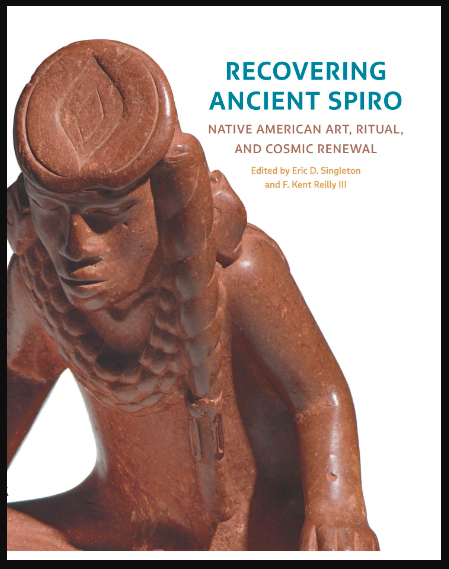Unearthing Spiro Mounds: A Rediscovery of North America’s Abandoned Civilization
In a striking revelation of history, 175 significant artifacts that once lay hidden within the Spiro Mounds of Oklahoma have been reunited in a new exhibition, drawing renewed attention to one of North America’s most significant archaeological sites. Located in the eastern part of Oklahoma, this site, once vilified by looters in the 1930s, stands as a testament to the craftsmanship and sophistication of the ancient Mississippian Culture.
The Discovery and Its Aftermath
The story began in 1933 when a group of gold prospectors stumbled upon the site while searching for fortune. Instead of gold, they discovered a burial chamber filled with treasures that had been untouched for over 500 years. The findings included:
- Engraved conch shells
- Thousands of pearl and shell beads
- Copper breastplates
- Human effigy pipes
- Vibrantly colored blankets and robes
This discovery was likened to an American equivalent of King Tut’s tomb; however, what followed was a wave of destruction as looters desecrated the site. Artifacts were sold globally, scattering Spiro’s treasures across more than 65 museums in the United States and beyond, marking it as one of the worst archaeological disasters in U.S. history.
The Rich Heritage of Spiro
Spiro was a ceremonial hub for a confederation of mound-building societies known as the Mississippian Culture, which flourished from around the 800s. This culture encompassed about three million people from over 60 tribes, sharing more than 30 different languages. Major urban centers included Cahokia, located near present-day St. Louis, and other sites in Georgia and Alabama. As Dennis Peterson, an archaeologist and the site manager, explains, Spiro thrived due to its strategic location along the Arkansas River, becoming a focal point for trade.
Thriving agriculture nurtured by favorable weather contributed to the civilization’s prosperity. Women cultivated staple crops such as corn and beans while men engaged in hunting. A priest class emerged to oversee important agricultural ceremonies and transitions in the seasons.
The Decline
However, the grandeur of this civilization met with adversity around 1250 AD, coinciding with a climatic shift known as the Little Ice Age. As rains became irregular, the city faced dire circumstances. In a desperate bid to restore balance and agricultural stability, the priests embarked on a significant ritual by reconstructing a royal burial mound and filling it with sacred objects. Unfortunately, their efforts failed, and by 1450, Spiro was abandoned, its once-dominant inhabitants becoming ancestors to today’s Caddo Nation and the Wichita and Affiliated Tribes.
A Bittersweet Legacy
The recent exhibition showcasing some of Spiro’s lost treasures has reignited interest in the site, particularly among local residents and students who are keen to learn about their heritage. Many artifacts are regarded as sacred, and they carry the spirits of ancestors, according to Caddo artist Chase Earles.
The traveling exhibit is set to make stops at various institutions, starting with the Birmingham Museum of Art in Alabama and concluding at the Dallas Museum of Art in Texas. As it moves, it educates visitors on the deep-rooted history and cultural significance entwined with Spiro.
Table: Key Artifacts from the Spiro Mounds
| Artifact | Description | Origin |
|---|---|---|
| Engraved Conch Shells | Intricate carvings, thousands unearthed | Florida Keys |
| Copper Breastplates | Symbolic armor representing status | Great Lakes area |
| Colorful Blankets and Robes | Bright textiles used in ceremony | Local sources |
Even amidst the serene landscape where Spiro Mounds lies today, it is vital to reflect on the rich history, cultural legacy, and lessons learned from this vibrant community, once teeming with life and now residing in the echoes of forgotten glory.


